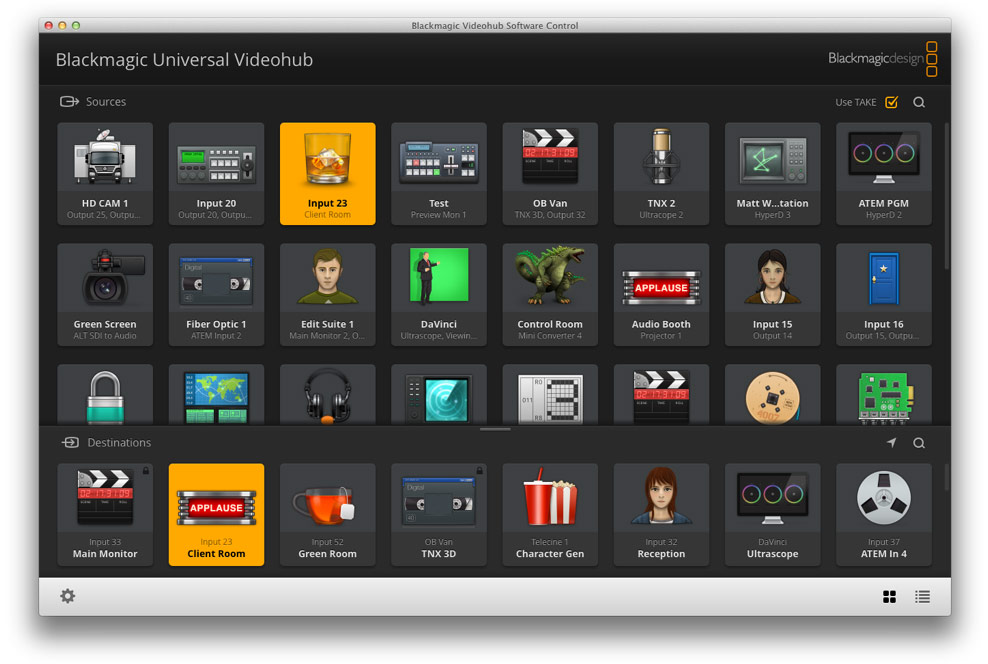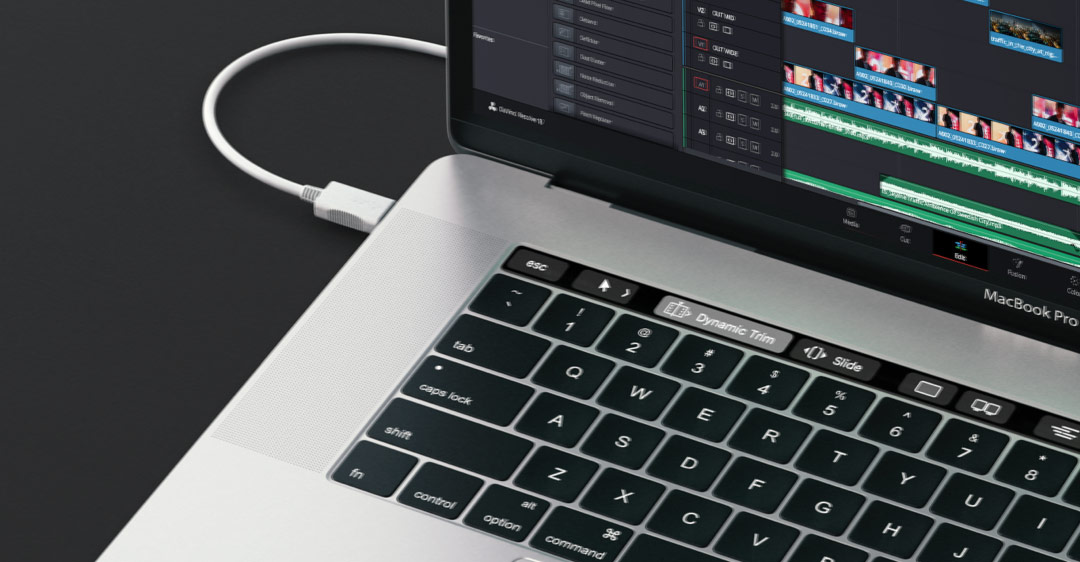

- Blackmagic desktop video mac display settings how to#
- Blackmagic desktop video mac display settings mac os#
- Blackmagic desktop video mac display settings pro#
- Blackmagic desktop video mac display settings software#
Try any other manufacturer about something to be sure of this.įor me, this program for Windows is a dead end.
Blackmagic desktop video mac display settings software#
the nature of any software maker is this. It's not even about the manufacturer of this program.

It is useless to ask a manufacturer to do something. But modern computers have long been able to calmly cope with the work on tags of Grassmann matrices. Idiocy.This tradition comes from a time when counting every pixel was considered an overhead for a computer. And at the expense of search tables, when the coefficients are taken only certain points on the lattice of chromaticity and brightness and then the rest of the values are calculated.
Blackmagic desktop video mac display settings how to#
Not all pixels are being processed, as is the case with Photoshop and even Internet Explorer! knows how to work with icc. And this method was accepted in all video programs for Windows (video editing). This is not really color management as is the case with matrix Grassmann' algorithms (icc/icm. When you must use lut table in your display (not in video card) + video output card. There's a classic color correction for video workflow. Was this option removed? I cannot find it anywhere, I have looked in the preferences and project settings, either I've gone blind or it aint here anymore. You have to have a color-managed output, like one from a Blackmagic display card, preferably on a calibrated external Rec709 display. 2039-2040 of the Resolve 16 manual: "Limitations When Grading With the Viewer on a Computer Display." This goes into some detail why you cannot accurately monitor directly from the computer and operating system. But if you're going to edit, heed by what it says on pp.

I think it's fine just to just learn or play around on a laptop screen, and I also think it's fine for editing. This is why calibration and a color-managed output are important. You may not be looking at anything even remotely resembling reality. It's just some random setting that Apple set at the factory, plus 6 years of use and drift on top of that. It's not Rec709, and I tend to doubt it's even sRGB. I think you are going to go off the cliff if you assume you can color correct off the laptop screen. It's an older (2013) model with an sRGB/REC 709 color gamut screen.

And if I recall, at least from Resolve 12 or 14, checking this box also effected the scopes which is not good at all.īruce alan greene wrote:I have a MBP laptop that I sometimes use with Resolve. I think there maybe something wrong with the implementation of this "feature". It's as if I've double corrected the display when using this checkbox. Unchecking this box plays back the video correctly. But the reality is that checking this creates a poor, incorrect color playback in Resolve.
Blackmagic desktop video mac display settings pro#
I've profiled/calibrated my screen with an iOne Display Pro and I expected that I would see a reasonably correct image when using "Use Mac display profile" checked. I have a MBP laptop that I sometimes use with Resolve.
Blackmagic desktop video mac display settings mac os#
Peter Cave wrote:Works ok to get a reasonable match between the Resolve viewers & a grading monitor but should be turned off if not using a monitor controlled by the Mac OS Colorsync settings.Yes of course, this was obvious to me.Īnyway, after different tests, I leave it ticked (on) now, but my CM is always adapted to the current project as well.


 0 kommentar(er)
0 kommentar(er)
